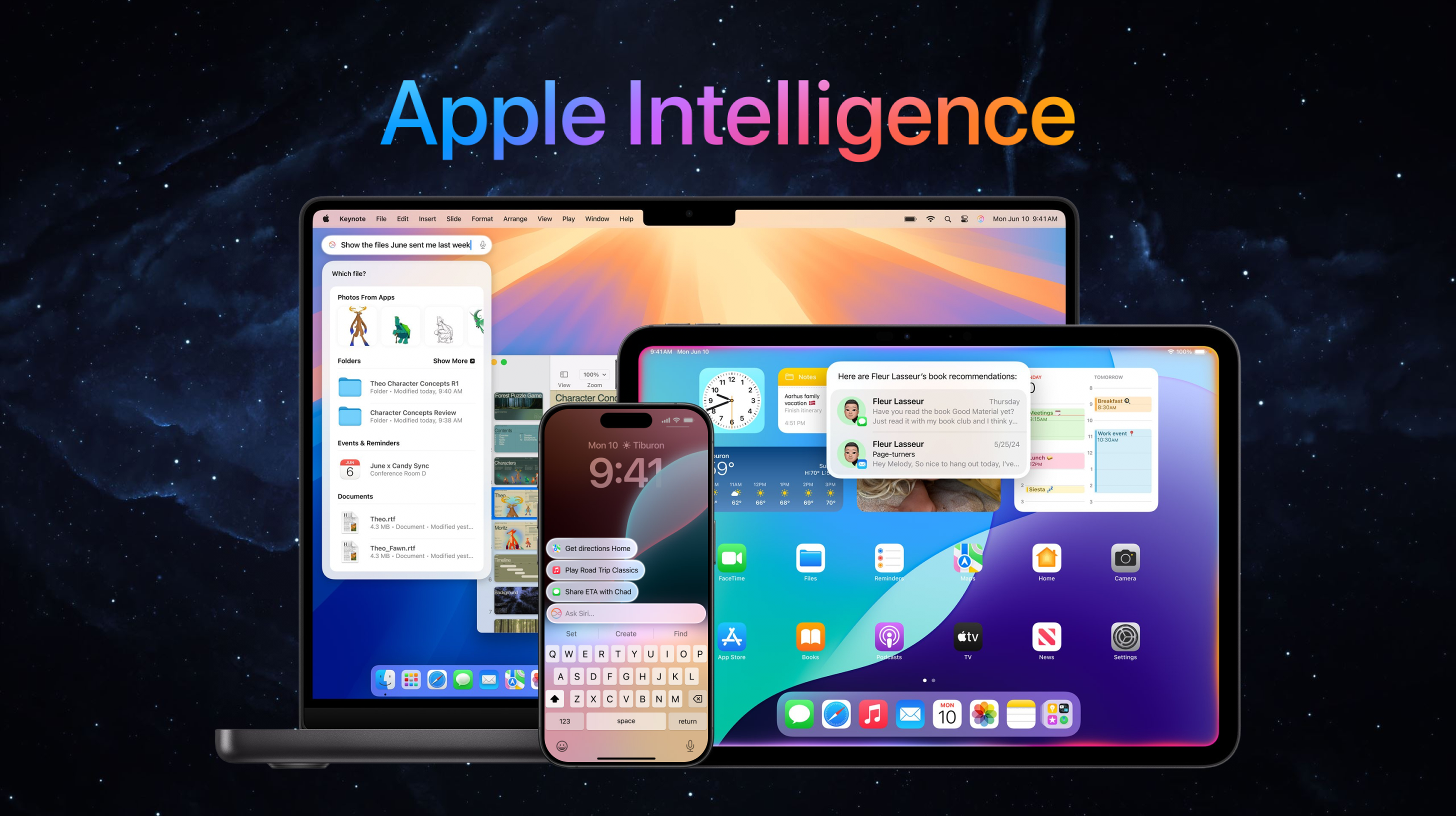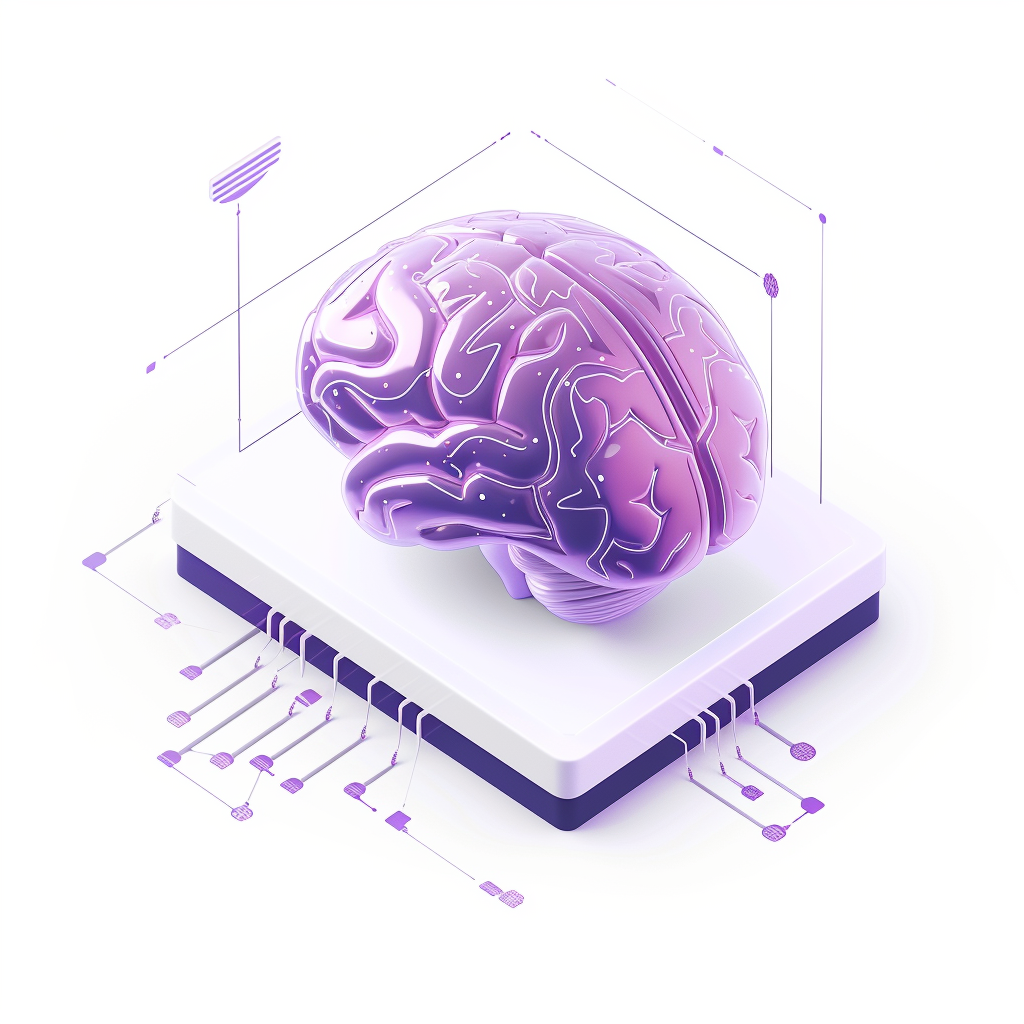After more than year of silence, Apple is finally joining its tech competitors Google, OpenAI, and Microsoft in the AI race. Introducing Apple Intelligence, a suite of AI-powered features designed to transform the way you use your iPhone, iPad, and Mac.
This article explores Apple’s latest innovation, highlighting its revolutionary capabilities and what it means for your device experience.
What is Apple Intelligence?
Apple Intelligence is Apple’s latest innovation, bringing powerful AI features to iPhone, iPad, and Mac. Integrated into iOS 18, iPadOS 18, and macOS Sequoia, it leverages both on-device and cloud-based processing. This combination allows Apple Intelligence to perform complex tasks while keeping your data secure and private.
This new system-wide AI integration is touching literally every aspect of iOS and adding unprecedented levels of functionality and intelligence. From enhancing everyday tasks to offering smarter interactions and improved productivity,
Apple Intelligence is designed to seamlessly integrate into your device experience, making it more intuitive and efficient. By harnessing the power of both on-device and cloud computing, it ensures optimal performance and robust privacy protection.
Advanced Language Tools
Apple Intelligence can rewrite, proofread, and summarize texts directly within apps like Mail, Notes, and Pages.
Need a quick summary of a lengthy email? Just ask. Want your message rephrased? It’s done in seconds. For example, if you have a long business email that needs to be condensed, Apple Intelligence will provide a concise summary in moments. Writing a report in Notes? The AI can proofread and suggest improvements instantly.
With Priority Messages, important emails are highlighted and summarized. Smart Reply suggests responses and ensures all questions are addressed, streamlining communication. For instance, when receiving an email with multiple questions, Smart Reply will generate a coherent response covering all points.
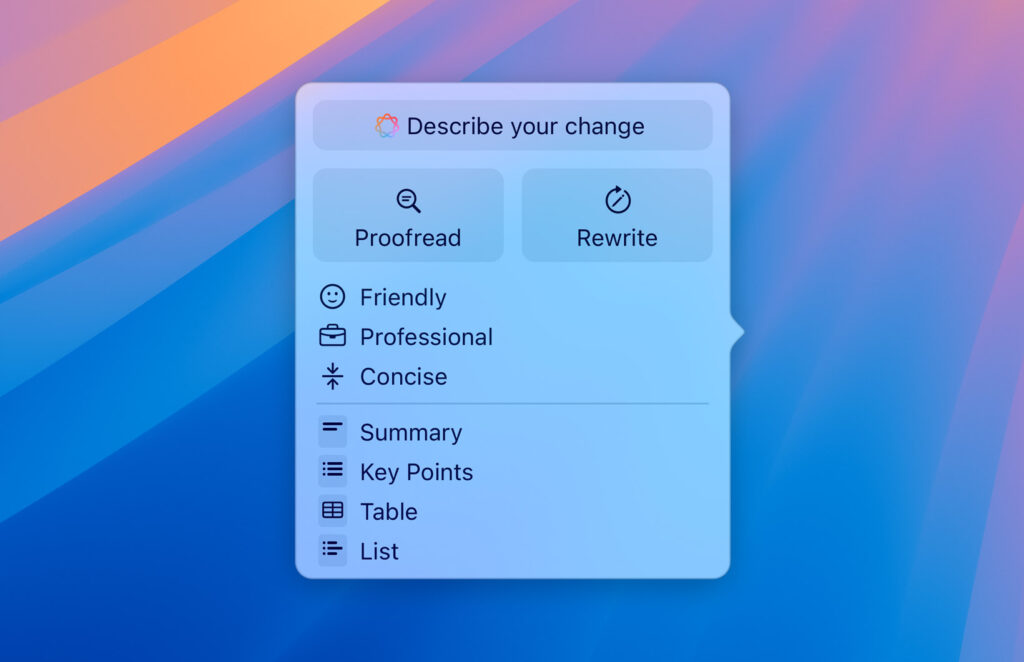
For those without devices capable of using Apple Intelligence, similar functionalities can be accessed through ChatGPT-based apps like Fello AI, which offers text summarization, rewriting, and proofreading capabilities.
Enhanced Siri
Siri now understands the context of what’s on your screen, making it smarter and more responsive. Whether you’re reading an article or composing an email, Siri can assist with relevant tasks like searching for related information, setting reminders based on the content, or drafting responses.
Apple has integrated ChatGPT into Siri, significantly boosting its ability to answer complex queries and access a broader range of information. This integration allows Siri to provide more detailed and accurate responses, transforming it from a simple assistant into a knowledgeable companion.
Siri can now help with tasks like generating creative content, offering in-depth explanations, and even assisting with detailed research, making it a more versatile and powerful tool for users.
Image Creation
With Image Playground, you can create images in various styles like Animation, Illustration, or Sketch. This feature allows users to generate artistic visuals directly within apps like Messages and Notes, adding a creative flair to everyday communication. For instance, you can turn a simple doodle into a polished illustration with just a few taps.
Genmoji lets you generate personalized emojis based on your descriptions or photos. Simply describe what you want, and Genmoji creates a unique emoji that reflects your input. This adds a fun and personalized touch to your conversations, making them more expressive and engaging. Whether it’s a custom emoji of your pet or a unique avatar, Genmoji makes it possible.
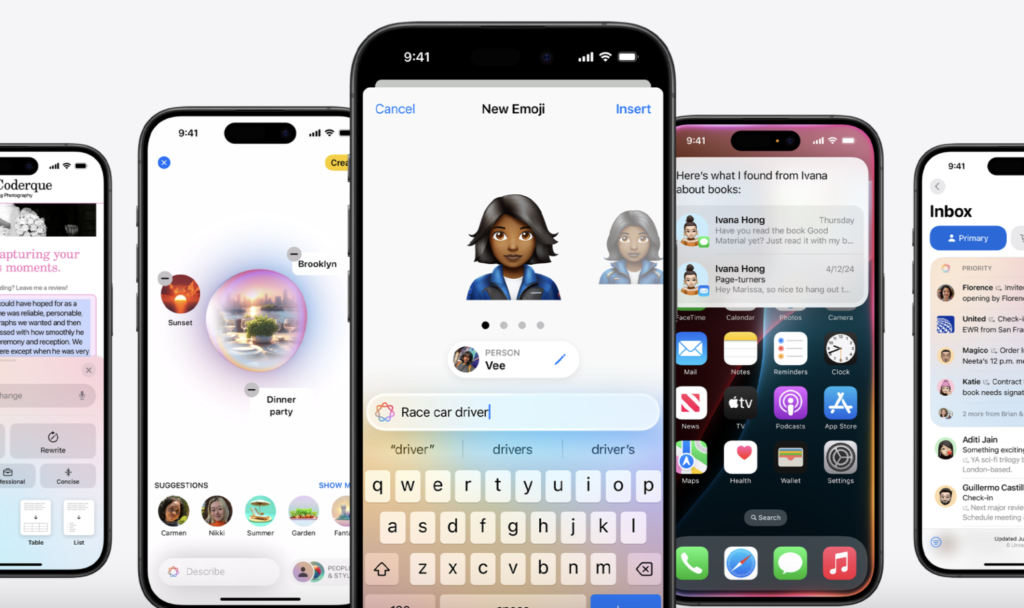
Audio and Visual Tools
Apple Intelligence can transcribe and summarize audio recordings in Notes and Phone apps, making it easier to manage and review important information from meetings or lectures.
For example, recording a lecture and getting a written summary helps you quickly recall key points without re-listening to the entire session.
Search your Photos using natural language and enjoy powerful new tools like Clean Up, which allows you to remove unwanted objects from images. This enhances your photo editing capabilities, making it simple to perfect your pictures by eliminating distractions or imperfections.
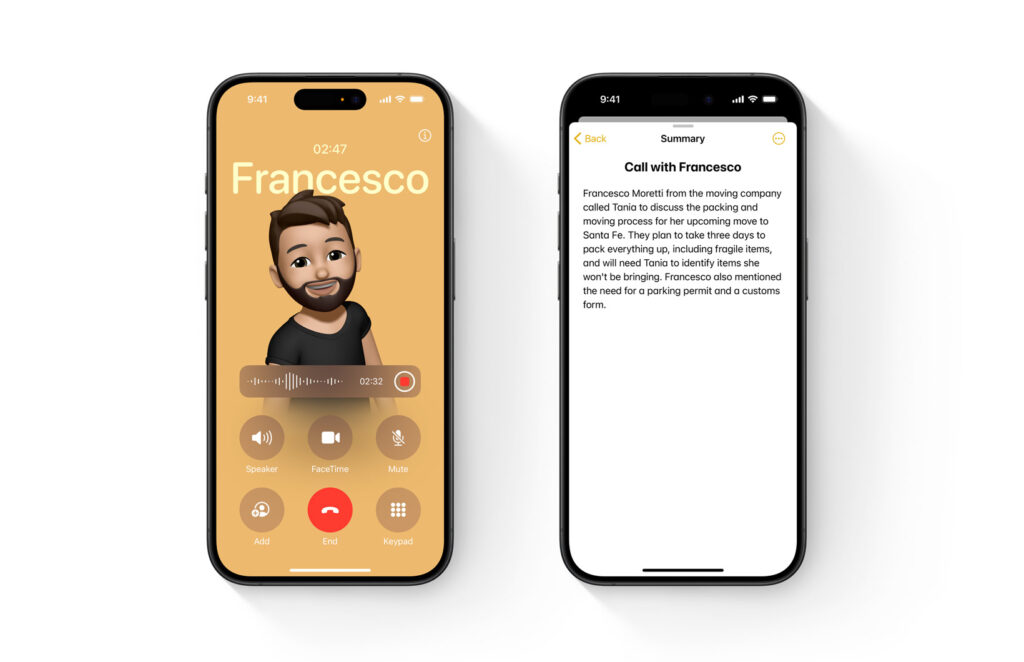
Privacy and Security
Apple Intelligence is designed with a strong focus on privacy, setting it apart from many competitors. It employs a unique architecture that balances on-device processing with cloud-based computation, ensuring that sensitive tasks are handled securely and efficiently.
- On-Device Processing: Many AI functions, such as text rewriting and image creation, are processed directly on your device. This local processing means your data stays on your iPhone, iPad, or Mac, reducing the risk of data breaches and ensuring that personal information remains private.
- Private Cloud Compute: For tasks that require more computational power, Apple uses Private Cloud Compute. This system processes data on dedicated Apple silicon servers, which are designed to handle complex AI tasks without compromising privacy. Unlike many other services, Apple ensures that no personal data is stored or sent to the cloud. The servers perform the necessary computations and return the results to your device, maintaining a high level of security.
Unlike some competitors who primarily rely on cloud-based AI processing, Apple’s approach minimizes the amount of data that leaves your device. Companies like Google, OpenAI, and Microsoft often process AI tasks on their servers, which can expose user data to greater privacy risks.
Apple’s dual approach of combining on-device and private cloud computation offers robust privacy protection while delivering powerful AI capabilities. This architecture not only secures user data but also enhances performance by leveraging the computational strengths of both local and remote systems.
Hardware Requirements & Availability
Apple Intelligence requires the latest hardware: iPhones with the A17 Pro chip or later, iPads with the M1 chip or later, and Macs with Apple Silicon M1 or later. Currently, only iPhone 15 Pro and Pro Max support these features, with more devices expected in the future.
The first betas of iOS 18 and macOS Sequoia are available to developers, with public betas coming next month and an official release this fall. Expect continuous improvements and new features as Apple Intelligence evolves.
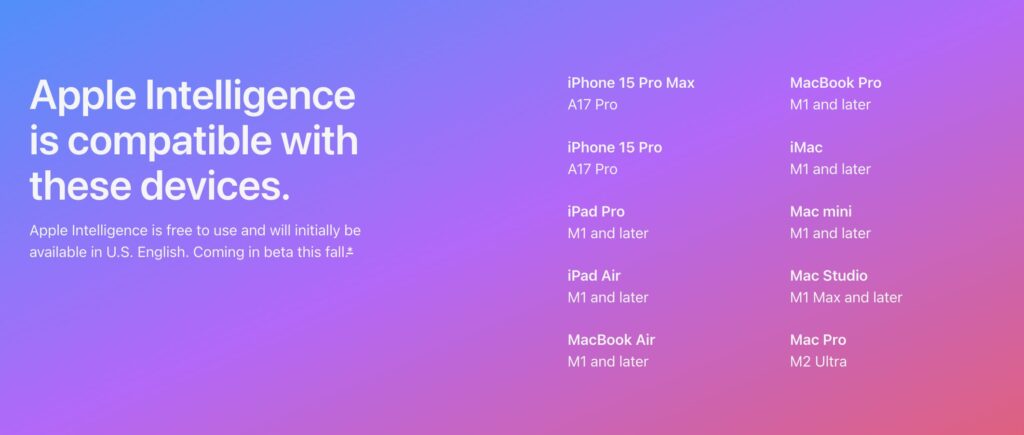
Závěr
Apple’s entrance into the AI field, though late, showcases a thoughtful and user-centric approach. By prioritizing on-device processing and private cloud computation, Apple Intelligence ensures robust privacy and security, setting it apart from competitors. This strategic balance could redefine user expectations for AI features in personal devices.
Looking ahead, how might Apple further integrate AI into its ecosystem? Could we see advancements in health monitoring, augmented reality, or seamless multi-device experiences? Apple’s focus on privacy and performance suggests that future developments will continue to prioritize user needs and security.
While Apple joins the AI race later than Google, OpenAI, and Microsoft, their deliberate and privacy-conscious implementation could set new trends. Will this strategy lead to a broader adoption of AI in everyday tasks? Only time will tell, but Apple’s entry certainly promises exciting developments in the AI landscape.
Meanwhile, for those eager to experience the latest AI features on their Mac, consider downloading Fello AI. This ChatGPT-based app offers text summarization, rewriting, and proofreading capabilities, bringing some of the exciting functionalities of Apple Intelligence to your device now.

